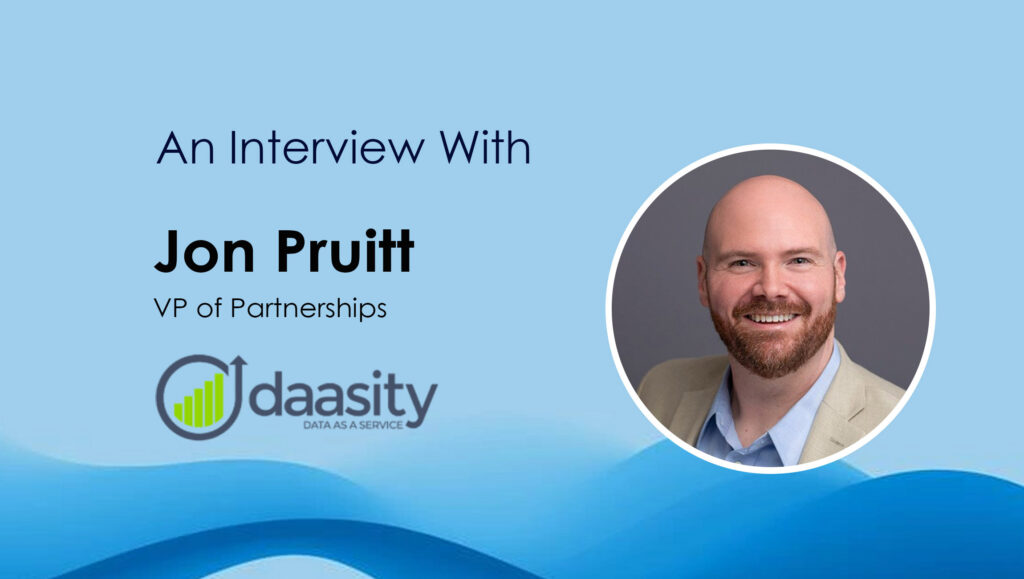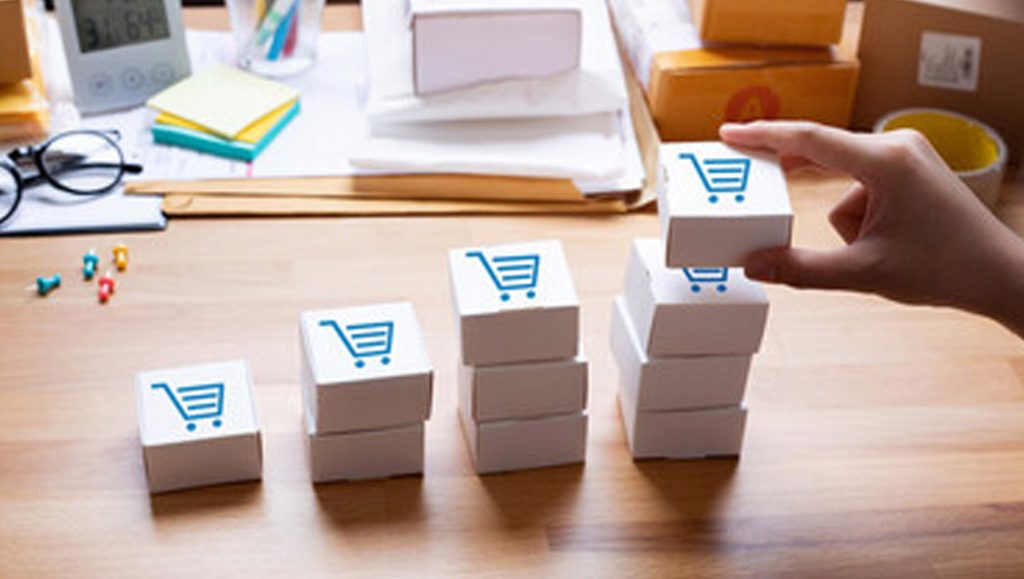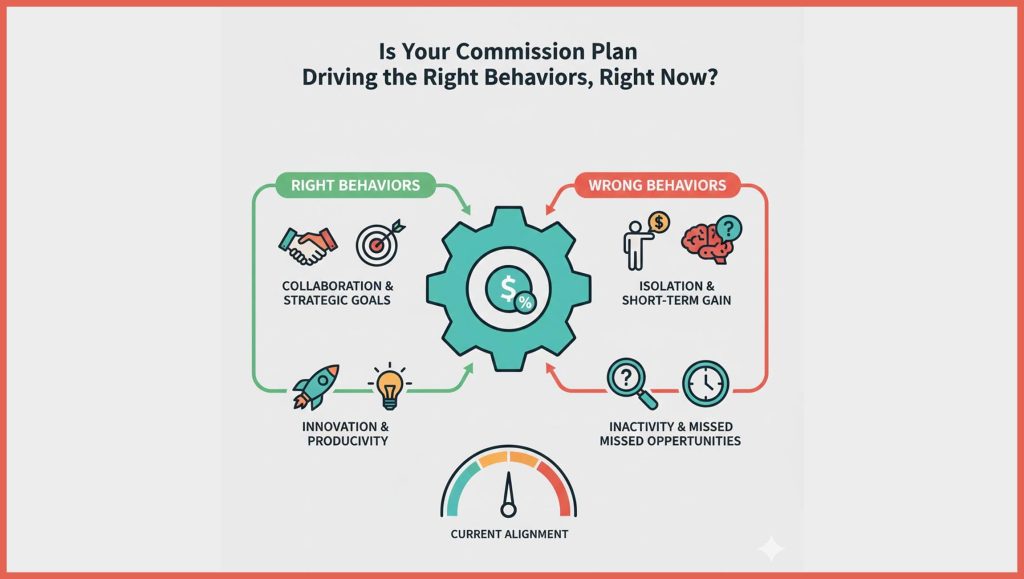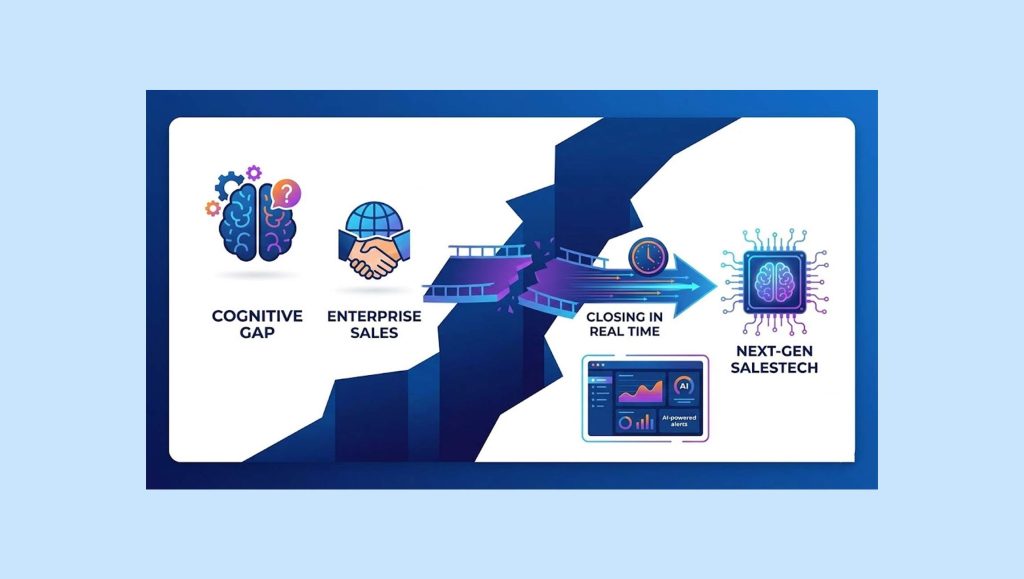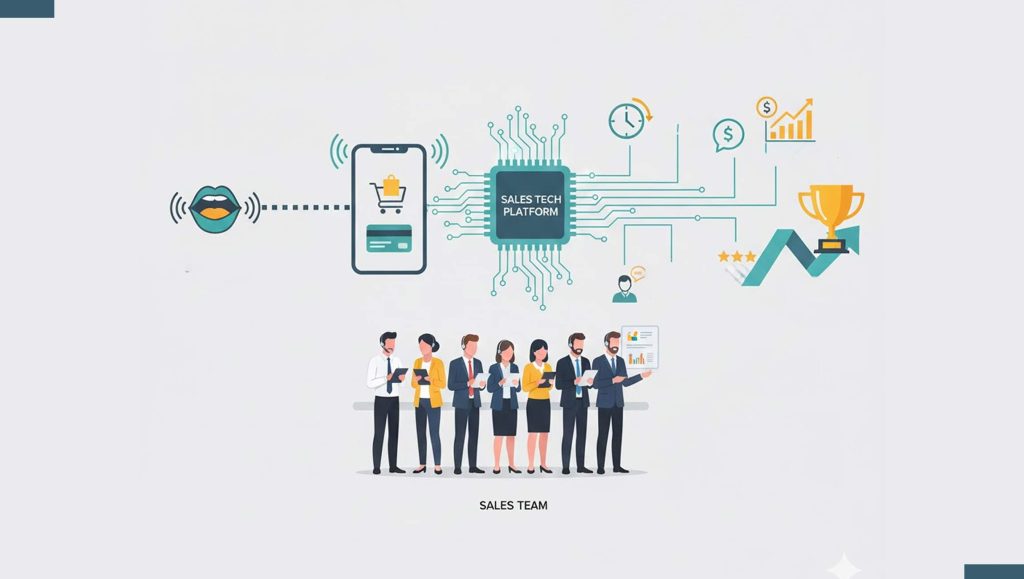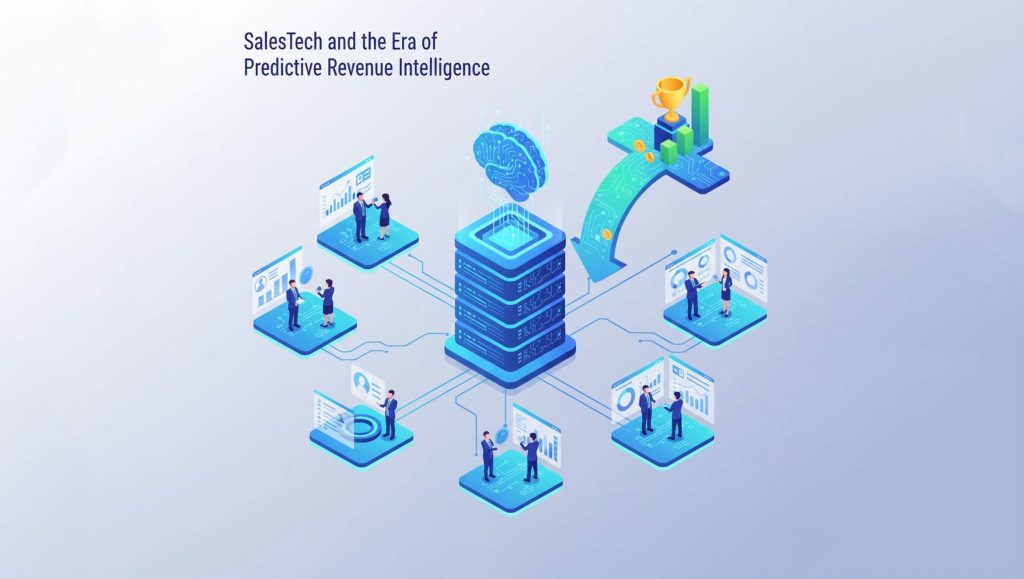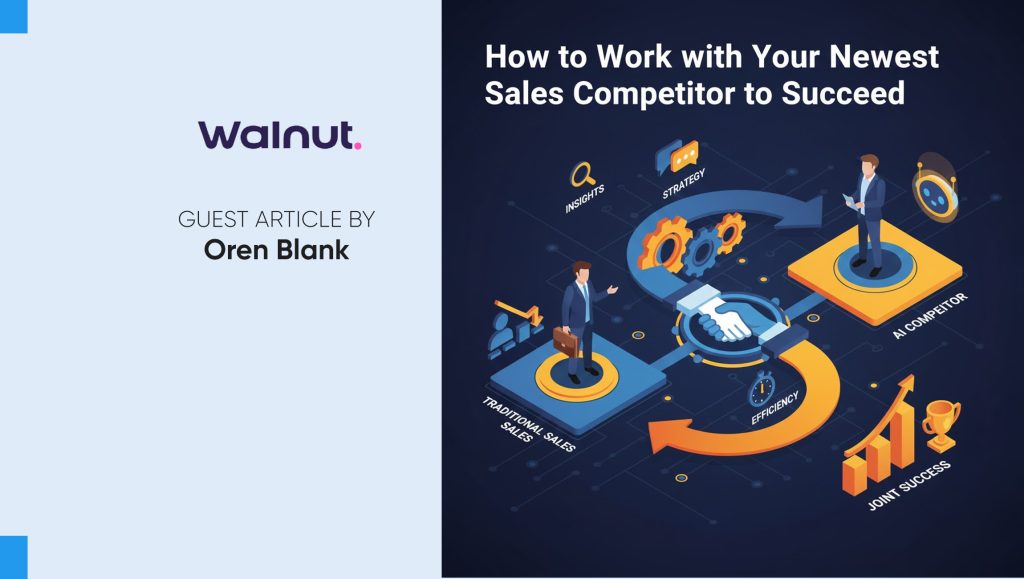I started my career at Bronto building what is now considered the modern partner playbook, and it’s great to see most eCommerce SaaS companies using it today. When Bronto was acquired by Oracle, I joined BigCommerce leading into their IPO, then went to Omnisend to build out their Partnerships and BD program. When the Daasity team reached out, I knew it was time to jump on the eCommerce data train to help consumer brands do more with their data. Now as the VP of Partnerships at Daasity, I’m currently building out our agency, technology, platform, and VC/PE go-to-market partner strategy. Data and speed of communication with partners is the biggest one. Pre-COVID, you could get so much done at partner meetings and network events. Today, the speed at which deals are getting done and partner programs evolve happen so quickly you have to move four times as fast. If you don’t stay on top of pipeline movement (for your company and your partners), current partner priorities, and the major shifts brands are making with their tech/vendor stack, you are going to miss out on major opportunities. These changes have amplified the importance of data and using a great tech stack to stay on top of the dynamic landscape. What we used to do in spreadsheets and QBRs are now done in 4-5 connected tools and monthly half-hour Zoom meetings. With certain partners, we are even using shared Slack channels to keep up with the pace. Read More: Edge Solutions Will Continue to Receive Strong Investment… I feel like it’s made our industry more efficient but also more transactional. As we’ve removed more of the human connection and turned more partners and deals into data points, the industry feels like more of a well-oiled machine than the long-term relationship-building process that it should be. I’m hopeful that we will see a swing back, where tools and data bring greater efficiencies to the game that enable all of us to spend more time building better relationships. While most of what we do is focused on net new relationships, I’ve always found that the most beneficial outcomes come from the deepest long-term relationships. It’s been incredible to see the number of tools that have come to market during the last 10+ years. When I started at Bronto as a BDR, I remember using Jigsaw (previously, data.com), Linkedin, and some smaller tools to find customer and partner contact info. We also did a ton of manual data enrichment in our CRM at the time. This was before there were tools like Builtwith, Purple Sonar, and Store Leads, which have made things much easier for everyone now. I’ve reviewed about every PRM tool out there, and while there are some good ones, I still haven’t found one that’s perfect. Most recently, we used Partnerstack during my time at Omnisend, and before that Impartner at BigCommerce. While each tool had pros and cons, we were able to make both work for the respective businesses. Outside of the enrichment tools I mentioned above, Crossbeam is a must-have for the modern partner program. As we scale our team, it’s going to help us better manage our partner relationships. We also recently implemented Gong on the sales side. I hope to leverage both to identify customers’ needs, whether it’s for a new/existing integration or agency to help the customer grow. Read More: SalesTechStar Interview with Mark Richter, SVP Americas…
It’s really important to understand our customers and partners’ connected technology and services stacks. You have got to have that data on hand and continue to update it. If you’re keeping an eye on trends, it will allow you to put together content that is engaging and helping both customers and partners continue to grow and push boundaries. Make sure to invite partners to participate in that content, and always do your best to add value.
Outside of the content itself, it’s still incredibly important to outline your ICP (Ideal Customer Profile) and IPP (Ideal Partner Profile). It doesn’t matter how good of a product you have or how good your content is, if you’re not engaging with the right companies, you’re going to have a hard time growing. As you may know, both the ICP and IPP will change over time, so the type of engagement may change over time as well. Lastly—and this is likely cliche at this point—but with all of the content, webinars, and online distractions that we have today, you’ve got to differentiate yourself somehow. For me, that circles back to the relationships side of things. Now that we see travel start to pick back up, I hope to see more one-to-one or one-to-few engagements pick back up too. As someone who’s been in the partnership space for some time now, I will say that one of my biggest tips is to take time in the beginning. I know for some executives that might raise an eye, but partnerships aren’t easy. Think about how you truly contribute to the organization and make sure you have alignment across the organization. I like to call this “Why.” As in, “Why does your partner program exist?” Yes, partner programs drive leads, but there is so much more to them. Partners can help reduce churn, they can create better user experiences with integrations and services, and they can help customers succeed! Partnerships to me are customer service, product, account management, and sales, all in one. So, my number one takeaway is, never think of partnerships as just a lead channel. Your sales approach and content strategy should reflect that as well. Always add value! Read More: What It Takes To Create A Successful Onboarding Process For Customers Daasity centralizes a brand’s data into a working data model to easily analyze and push their data to their key marketing-sales channels to get more value. Jon Pruitt is the VP of Partnerships at Daasity.Welcome to this SalesTechStar chat Jon, tell us more about your B2B tech journey and of course, more about your new role at Daasity…
In B2B sales and partnerships/channel relations today: what are some of the biggest trends you are following and those that you feel will drive processes through 2022?
As salestech features and PRM and similar other tools become more sophisticated, how do you feel it will change the game for end users in sales / partner or channel management?
Can you highlight to us some of the salestech / partner relation management tools that you’ve often relied on in your roles through the years?
For B2B and tech companies looking at revamping their customer engagement and partner engagement models, what top thoughts would you share with them?
Some last thoughts, takeaways, digital sales/customer communication tips and best practices before we wrap up!
Liked This Article? Explore More Here:



